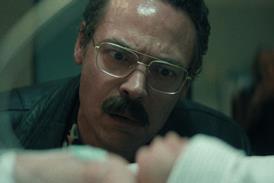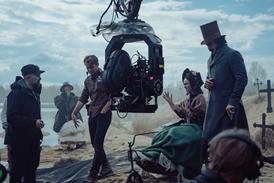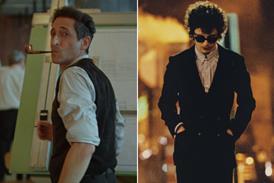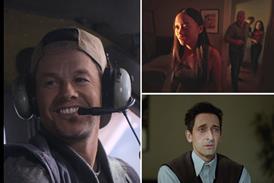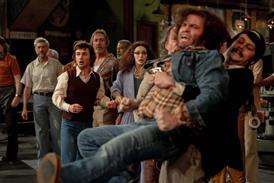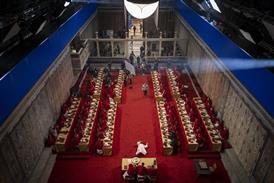After my second visit in as many years to the Cartagena Film Festival, I’m convinced this is a festival on the rise.
It’s not a must-attend in terms of deals or dozens of world premieres, but it should be a want-to-attend on more people’s festival calendars.
A few reasons why…
The films: The programme presents more than 260 screenings. Many of the films will be familiar from past festivals (in the Gems section), but the official competition of Latin American titles and the Colombian competition introduce industry and audiences to previously undiscovered titles as well.
Colombian talents are increasingly important to watch (thanks in part to support from Proimagenes), and there are also interesting developments with US partners working in Colombia, such as the team behind Manos Sucias (story here) and also the popular midnight premiere Gallows Hill, a variation on the haunted house story shot near Bogota starring Twilight’s Peter Facinelli.
The festival’s overall competition winner was a hugely impressive Colombian production, Ruben Mendoza’s inventive and compelling family drama Dust on the Tongue (Tierra En La Lengua) [Disclosure: I served on the competition jury.] The documentary, Colombian competition and audience award winner was Marmato, about a small mining town struggling with a multinational corporation. Both of these films should have healthy lives on the international festival circuit.
The people: Guests this year included Pawel Pawlikowski, John Sayles, Abbas Kiarostami, Alejandro Gonzalez Inarritu [pictured] and Clive Owen – they all gave talks and masterclasses in a relaxed setting. There were dozens of other filmmakers in town, all interacting with festivalgoers away from any velvet ropes. Industry execs in town include festival experts from Locarno, Venice Days, Busan, IDFA, Morelia and Telluride; New York Times critic A.O. Scott; and dozens of Latin American, American and European producers and industry experts. There are enough industry programmes to keep busy, but also a slow enough pace to allow for relaxed networking.
Plus, the locals are also key to Cartagena’s success. They flock to free screenings around town, in outdoor squares, in the charming TAM theatre, or at cineplexes in local malls. The decision to make screenings free is a bold one (I wrote about it last year) but it certainly makes this a vibrant event to experience local audiences.
The place: Cartagena a major tourist destination with a lot of charm to offer visitors, and it’s small enough to walk to most festival venues. There is a burgeoning art scene and the culinary offerings are becoming world class. Plus, there is a direct flight from New York.
The timing: It’s pretty perfect to get some sunshine four weeks after Berlin. Also, it’s also easy to combine with a trip to other festivals around the same time – Miami, Guadalajara or even the upstart Barranquilla.
The ambition: Cartagena celebrated its 54th edition this year; for decades it has been a key stop for Latin American filmmakers. But artistic director Monika Wagenberg (Colombia-born, US-based) [appointed in late 2010] and festival general director Lina Rodgriguez Fernandez have done an impressive job in recent years getting this festival more on the international map. Those impressive films and guests listed above are due to their hard work in growing Cartagena’s reputation.






